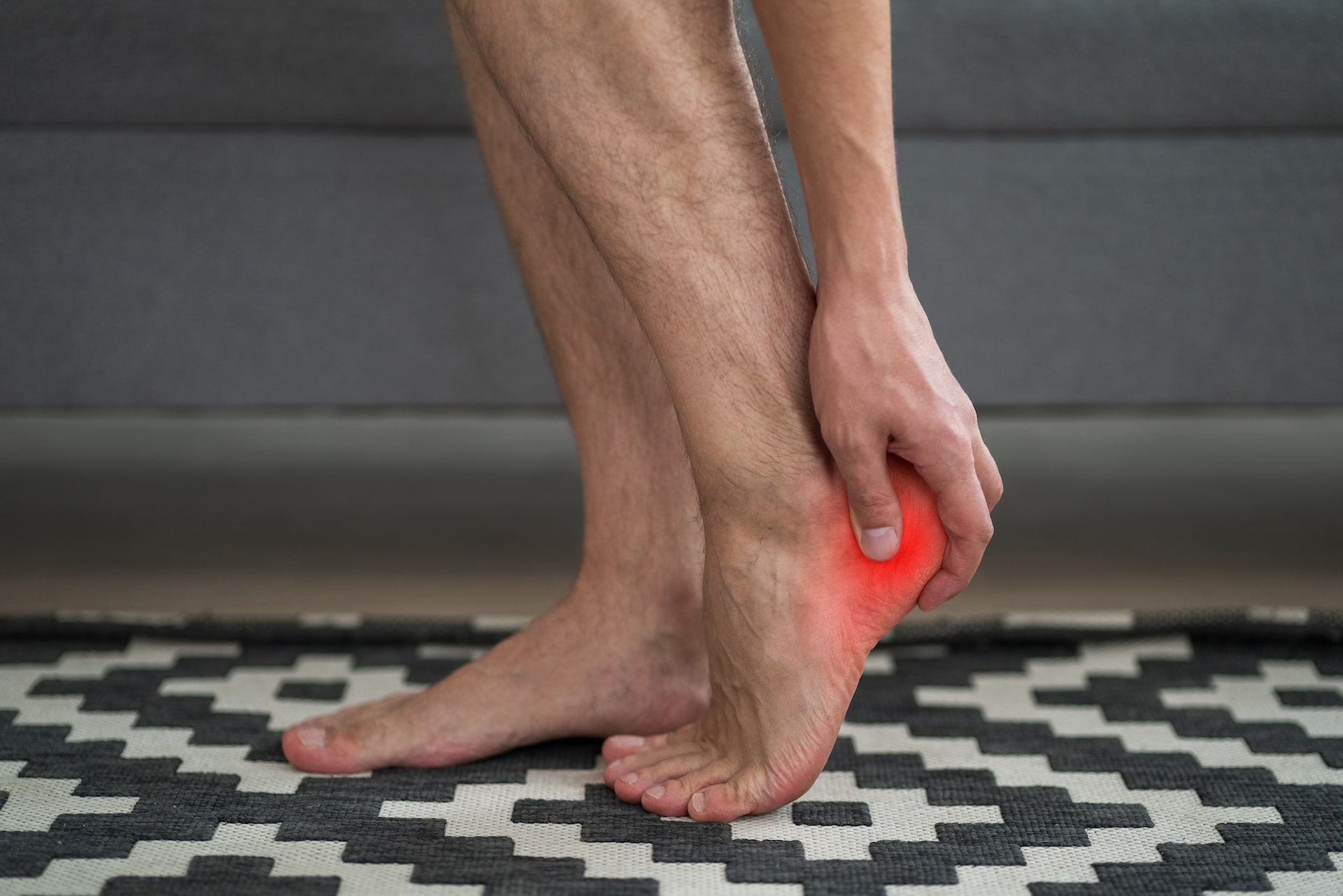Practicing good foot hygiene is a great first step toward reducing your risk for skin cancer of the feet; however, it’s also wise to visit your podiatrist regularly to undergo routine examinations that could help detect abnormalities and signs of skin cancer.
The most common types of skin cancer in the feet are basal cell carcinoma, squamous cell carcinoma, and malignant melanoma.
Basal cell carcinoma
This type of skin cancer typically develops as a result of excess sun exposure, and is regarded as one of the least aggressive types of cancer. Basal cell carcinoma usually only affects a specific area, very rarely spreads beyond the skin, and often shows up in the form of pearly white bumps that look like open sores.
Squamous cell carcinoma
This type of skin cancer is the most common type of cancer that develops on the skin of your feet, but is normally localized to a specific area and rarely spreads. When left untreated, squamous cell carcinoma can become more aggressive over time, and spread to other parts of your body. This type of cancer usually starts out as a small, scaly bump that appears inflamed, and is sometimes accompanied by symptoms of bleeding and cracking. Since squamous cell cancer is typically itchy, most individuals assume the problem is occurring due to a fungal infection, eczema, plantar’s wart, or another common skin condition.
Malignant melanoma
Malignant melanoma is one of the most dangerous types of skin cancer due to its high mortality rates. In most cases, this type of skin cancer is removed through surgery, and occurs on the skin on the top or bottom of the foot, or beneath a toenail. When malignant melanoma worsens, it can spread through the body via the lymphatic system and blood vessels. This type of skin cancer often starts out as a brown-black spot, but about one-third of cases will appear either red or pink in color. Sometimes, melanomas look like moles that are asymmetrical, have irregular borders, and are greater than six millimeters in diameter.
Preventing skin cancer of the feet
The best way to lower your risk for skin cancer of the feet is to limit your body’s exposure to direct sunlight, and wear sunscreen at all times on body parts being exposed to the sun. Additionally, it’s important that you consult with a podiatrist regularly to have your feet checked and examined for existing signs of skin cancer.
Are your feet showing any signs of irregularities? Call Kansas City Foot Specialists to schedule an evaluation at (913) 338-4440, or request an appointment online so we can determine the true cause of your injury and get you back on your feet.



